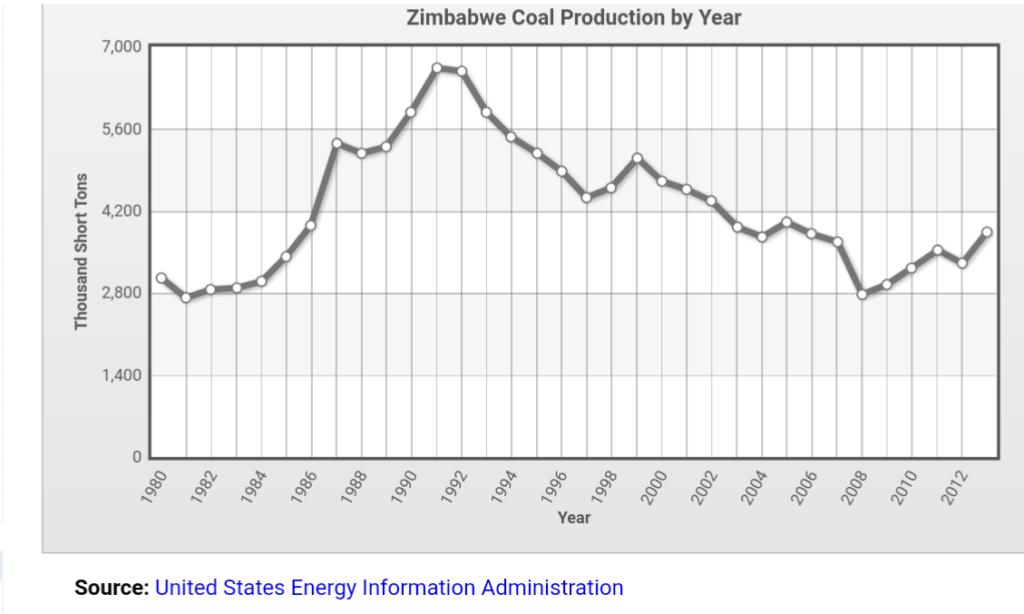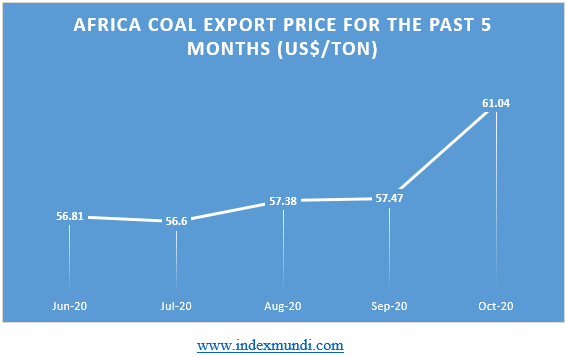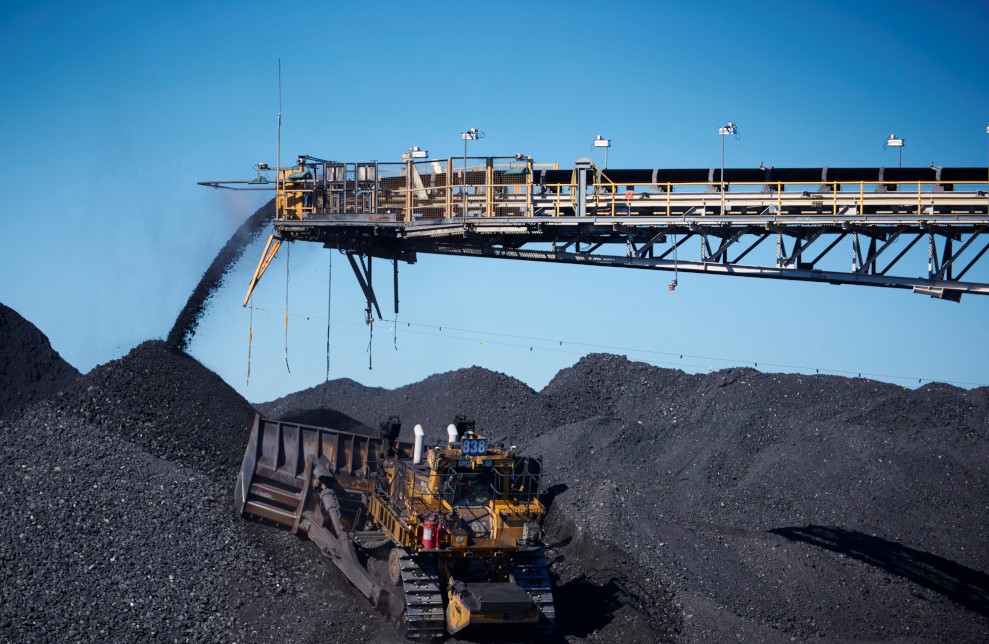Background
Coal is a combustible rock composed of lithified plant remains, minerals and water. It is formed by the alteration of dead plant material that initially accumulates as a surficial deposit of peat and is then buried beneath layers of younger sediments.

It is classified under Industrial Minerals and is mainly used for energy generation throughout the globe. It is mainly classified under four types or grades` which are anthracite (86-97% Carbon), bituminous (45-86% Carbon), subbituminous (35-45% Carbon) and lignite (25-35%).
Coal Deposits in Zimbabwe
Zimbabwe is a small player in the global coal production although she holds vast coal reserves particularly in the north-western and southern regions. Coal deposits in Zimbabwe are estimated to be around 30 billion tonnes in 21 known deposits that could last for over 100 years. Some of the areas with confirmed deposits are:
- Gokwe
- Chiredzi
- Beitbridge
- Mwenezi
- Hwange
- Lupane
- Binga
- Kariba
- Hurungwe
- Bikita
Zimbabwe Coal Production by Year

Uses and Beneficiation Opportunities
Electricity Generation
Zimbabwe through the Hwange Power Station currently produces 920 MW. The current expansion which is being undertaken might see an increase to 1520MW. The Bulawayo Power Station initially had an installed capacity of 120 MW in 1947 and it currently generates an average of 30MW. Other Power Stations in Zimbabwe are Harare and Munyati Power Station.
Steel
Almost two thirds of world steel production is made from iron produced in blast furnace which use coal mainly in the form of coke.
Liquid Fuel
Liquid fuels derived from coal are Sulphur free and have low levels of nitrogen oxides and particulate matter. Coal can be converted into liquid fuels and other products such as waxes, lubricants and chemicals by either direct or indirect liquefaction.
Other Uses
Coal is also used as an energy source in cement production. Coal can also be gasified to produce a combination of hydrogen and carbon monoxide which may be used for a range of purposes such as industrial heating, electricity and manufacturing of some chemicals.
It is also a source of some numerous chemicals as by products which are used in soap, pharmaceutical products, solvents, plastics, dyes and synthetic fibers.
It is used in alumina refineries and in the production of activated carbon, carbon fiber and silicon metal.
Economics and International Price
The pricing of coal is complex since it is based on coal type, net calorific value and content of impurities. A selection of typical prices is shown below.

Projections

Source: www.tradingeconomics.co.zw







